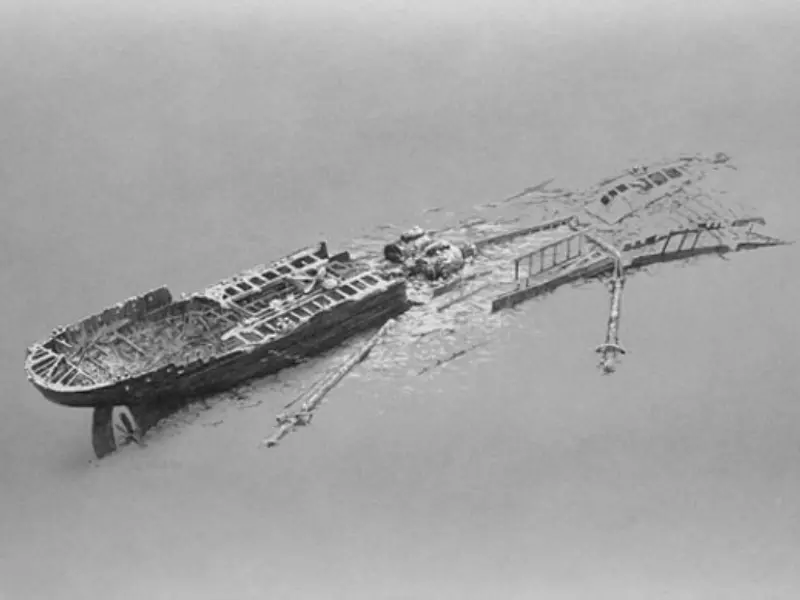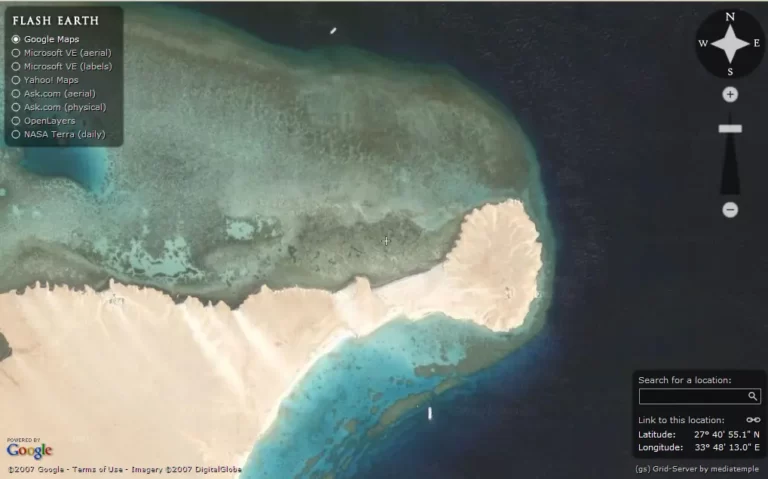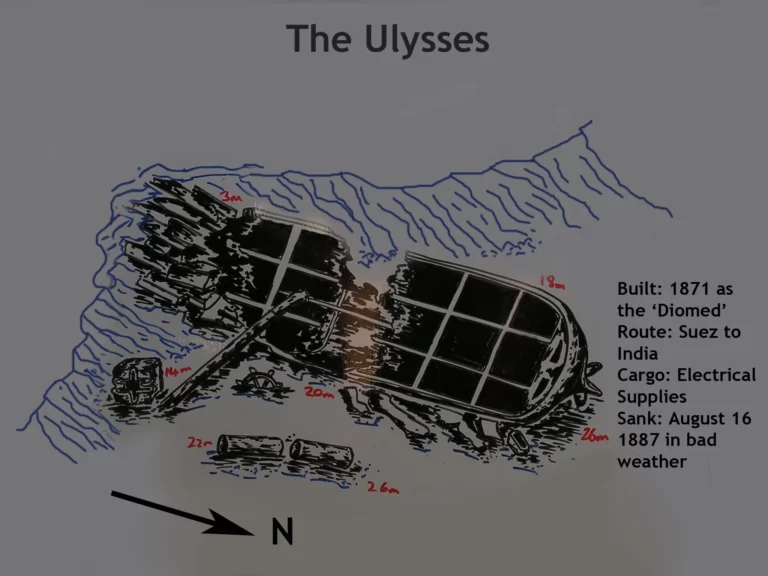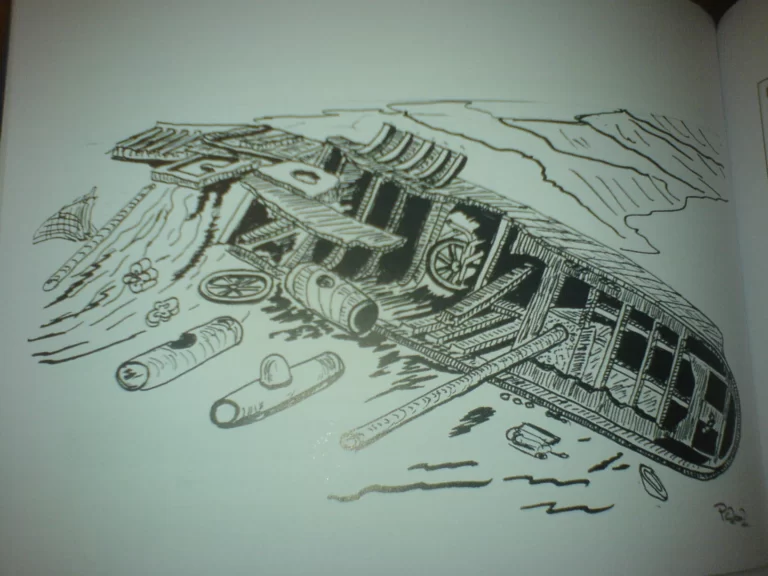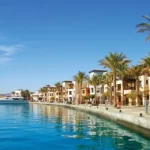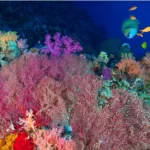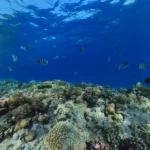The Ulysses wreck is a popular dive site located in the Red Sea, off the coast of Egypt. This shipwreck has become a popular destination for divers and snorkelers due to its rich history, stunning underwater views, and diverse marine life.
History of the Ulysses Wreck
The Ulysses was a British cargo ship that sank in the Red Sea in 1887. The ship was en route from Liverpool, England to India when it hit a reef and began taking on water. The crew tried desperately to keep the ship afloat, but the pumps were unable to keep up with the flooding. After several hours of fighting a losing battle, the captain ordered the crew to abandon the ship. Miraculously, all 32 crew members survived the sinking and were rescued by passing ships.
For over a century, the wreckage of the Ulysses lay undiscovered on the sea floor. In 1993, a team of divers from the Sharm El-Sheikh diving community stumbled upon the wreckage while exploring the area. The wreck was found in the Strait of Gubal, a narrow channel that connects the Red Sea to the Gulf of Suez, at a depth of approximately 25 to 35 meters (82 to 115 feet).
The Ulysses is now a popular diving destination, attracting experienced divers from all over the world. The wreck is covered in coral and teeming with marine life, making it a stunning sight to behold. Divers can explore the ship’s remains, including its massive propeller, engine room, and cargo holds. The ship’s wheel and anchor are also still visible.
Diving the Ulysses wreck is not for the faint of heart, however. The wreck is situated in a location with sometimes strong currents, making it a challenging dive. Divers must be experienced and properly trained to handle the conditions.
The discovery of the Ulysses wreck has shed light on a tragic moment in maritime history and provided a unique opportunity for divers to explore the remnants of the past. The wreck serves as a testament to the dangers of seafaring and the importance of safety at sea.
Despite its tragic history, the Ulysses shipwreck has become a beloved part of the Red Sea’s diving community. Its remains continue to attract divers who are drawn to the mystery and beauty of this sunken ship.
Diving in Ulysses Wreck
Today, the Ulysses wreck rests on the sea floor at approximately 25-30 meters deep. The wreck is largely intact, and divers can explore the ship’s hull, engine room, and cargo holds. The ship is also home to diverse marine life, including barracuda, moray eels, and reef sharks.
One of the highlights of diving at the Ulysses wreck is the opportunity to see the ship’s impressive cargo of coal, which has remained largely intact over the years. Divers can swim through the coal piles and explore the various nooks and crannies of the ship.
Liveaboard trips to Ulysses Wreck
Many liveaboard operators offer diving trips to the Ulysses wreck and other nearby dive sites. These trips typically last several days and provide divers ample opportunities to explore the wreck and surrounding areas.
Conclusion
Overall, the Ulysses wreck is a fascinating dive site with a rich history and stunning underwater views. Whether you’re an experienced diver or a novice snorkeler, this site is worth a visit. The Ulysses wreck is a true gem of the Red Sea with its diverse marine life, intact wreck, and beautiful surroundings.
Where is Ulysses Wreck
The Ulysses Wreck is located in the North Red Sea, off the coast of the Sinai Peninsula in Egypt. It is situated in the Strait of Gubal, which is a narrow channel that connects the Red Sea to the Gulf of Suez. The wreck lies at a depth of approximately 25 to 35 meters (82 to 115 feet) and can be accessed by boat from several nearby ports, including Hurghada and Sharm El-Sheikh. The Ulysses was a cargo ship that sank in 1887, and it is now a popular diving destination for experienced divers due to its depth and the sometimes challenging currents in the area.
